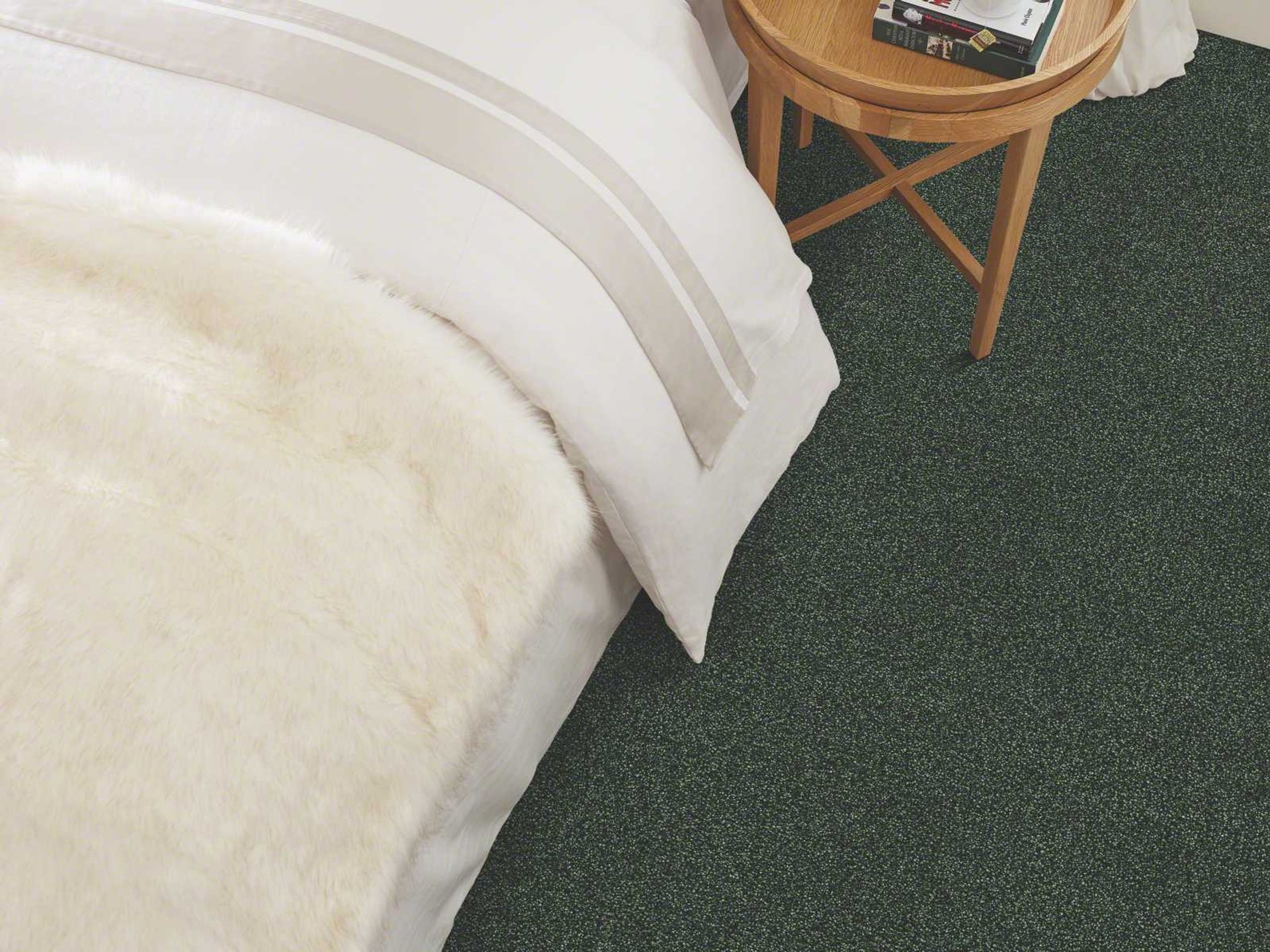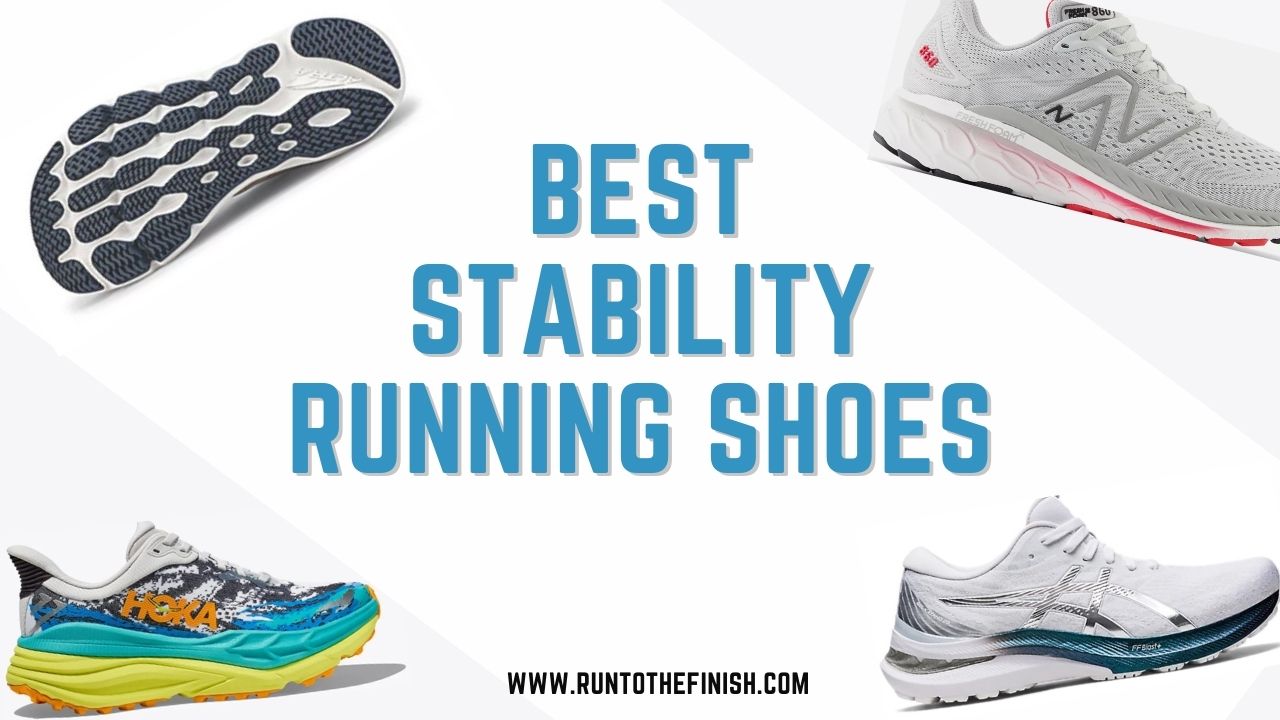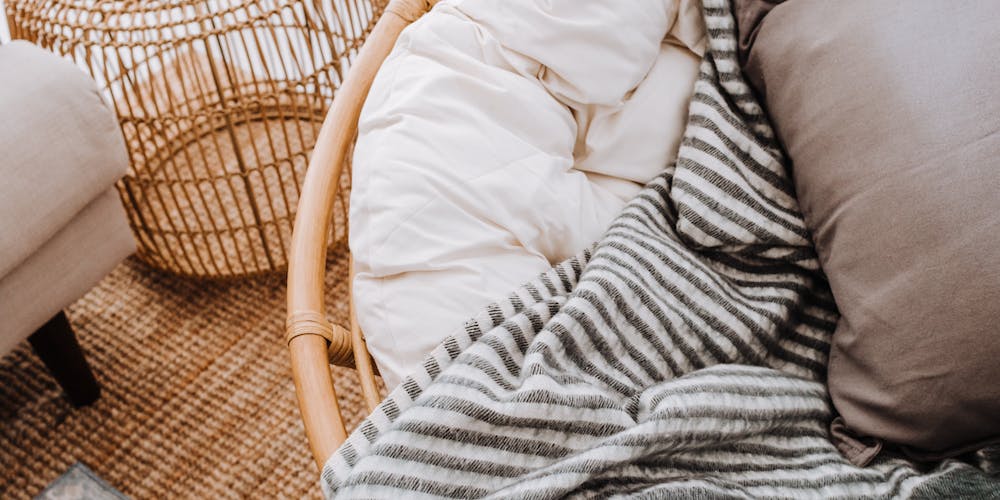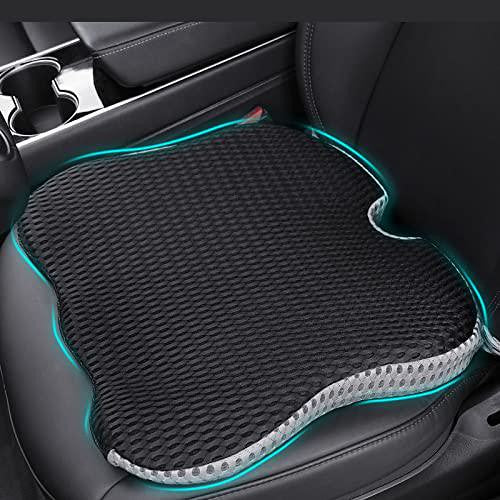Cushion Technology Revolutionizing Stability and Control
In today's fast-paced world, stability and control play a crucial role in our daily activities. From sports to everyday tasks, having a solid foundation and precise movements can make all the difference between success and failure. This is where cushioning technology comes into play.
Cushioning has evolved over the years, with advancements in technology and materials leading to specialized cushions that cater to specific needs and preferences. For individuals seeking enhanced stability and control, these tailored cushions offer a solution to optimize performance and well-being. In this comprehensive guide, we will delve into the intricacies of cushion technology, highlighting its benefits, types, and factors to consider when selecting the ideal cushion for optimal stability and control.
Unleashing Enhanced Stability and Control with Cushioning Innovations

Cushioning is not just about providing a soft surface for your feet. It is a complex science that involves the use of various materials and designs to enhance stability and control. The primary purpose of cushioning is to absorb shock and reduce impact forces on your feet and joints. A well-cushioned shoe can significantly reduce the risk of injuries, especially for athletes and active individuals.
Over the years, cushioning technology has evolved, with manufacturers constantly pushing the boundaries and developing innovative solutions. These advancements have led to a wide range of cushioning options, each catering to different needs and preferences. Let's explore some of the most common types of cushions.
The Role of Cushioning in Optimizing Stability and Control

The primary function of cushioning is to reduce impact forces and prevent them from reaching your feet and joints. During physical activities such as running or jumping, the body exerts a significant amount of force on the feet and joints, which can cause discomfort and lead to injury. The cushioning in shoes acts as a buffer, absorbing the majority of this force and preventing it from causing harm.
But cushioning goes beyond just absorbing shock. It also plays a vital role in providing stability and control. A well-cushioned shoe helps to distribute weight evenly, reducing pressure points and allowing for more secure footing. This is especially important for individuals with pronation issues or those who have flat feet. By providing a stable base, cushioning enables individuals to execute precise movements and maintain balance, boosting overall agility and performance.
Cushioning Advancements: The Key to Enhanced Stability and Control

As mentioned earlier, cushioning technology has come a long way. In the early days, shoes were simply padded with thin layers of foam or rubber to provide some cushioning. However, with advancements in materials and technology, manufacturers have been able to design specialized cushions that cater to specific needs. Here are some of the most common types of cushions available:
1. EVA Foam
Ethylene-vinyl acetate (EVA) foam is one of the most widely used materials in cushioning. It is lightweight, flexible, and offers excellent shock absorption. This makes it popular among athletes, as it provides a comfortable and responsive ride. EVA foam can be found in various densities, with softer foams providing more cushioning and firmer ones offering more stability.
2. Memory Foam
Memory foam is a type of cushioning that conforms to the shape of your foot, providing a custom fit and increased comfort. This material was initially developed for NASA to improve seat cushioning in space shuttles. Today, it is commonly used in shoes, mattresses, and pillows. Memory foam distributes weight evenly and reduces pressure points, making it ideal for individuals with sensitive feet or those who stand for prolonged periods.
3. Gel Cushioning
Gel cushioning is another popular option that offers both shock absorption and stability. It is made of a silicone-based gel that is encased in a sturdy material. This cushioning technology is widely used in athletic shoes, as it provides excellent impact protection and reduces the risk of injuries.
4. Air Cushioning
Air cushioning is a type of cushioning that uses compressed air to provide shock absorption and support. This technology was first introduced by Nike in the late 1970s and has since become popular in the athletic shoe industry. The amount of air in the cushioning can be adjusted to cater to different needs, making it a versatile option.
Exploring the Impact of Cushioning on Stability and Control

Now that we have a better understanding of the types of cushions available, let's explore how they impact stability and control. As mentioned earlier, cushioning plays a crucial role in reducing the risk of injuries by absorbing shock and impact forces. But it also helps to optimize stability and control in the following ways:
1. Reducing Overpronation
Overpronation is a common issue among runners and athletes, where the feet roll inward excessively while running or walking. This can cause discomfort, pain, and increases the risk of injuries such as plantar fasciitis and shin splints. Proper cushioning can help to correct overpronation by providing a stable base and preventing the feet from rolling excessively.
Table for Types of Cushions and their Effect on Overpronation
| Type of Cushion | Effect on Overpronation |
|---|---|
| EVA Foam | Provides moderate stability and prevents excessive inward rolling of the foot. |
| Memory Foam | Conforms to the shape of the foot, providing customized support and reducing pressure points. |
| Gel Cushioning | Offers both shock absorption and stability, preventing the foot from rolling inward. |
| Air Cushioning | Can be adjusted to provide the desired level of stability and prevent overpronation. |
2. Improving Balance and Agility
Cushioning also helps to improve balance and agility by providing a stable base and minimizing the risk of slips and falls. This is especially important for sports that require quick movements and changes in direction, such as basketball or tennis. With a well-cushioned shoe, athletes can move confidently and execute precise movements without the fear of losing balance.
Unordered List for Sports That Can Benefit from Cushioning for Improved Balance and Agility
- Basketball
- Tennis
- Soccer
- Volleyball
- Gymnastics
3. Absorbing Shock and Reducing Impact Forces
The primary purpose of cushioning is to absorb shock and reduce the impact forces on your feet and joints. This not only prevents discomfort and pain but also reduces the risk of injuries. Studies have shown that proper cushioning can decrease the impact forces on the feet by up to 50%, making it a crucial factor for individuals seeking enhanced stability and control.
The Science Behind Cushion-Enhanced Stability and Control

To truly understand the impact of cushioning on stability and control, we need to delve into the science behind it. When we walk or run, our feet exert a significant amount of force on the ground, which then travels up the body. This force is known as the impact force, and it can be 2-3 times our body weight while walking and up to 8 times while running.
Cushioning helps to reduce this impact force by distributing it evenly across the foot, preventing it from causing harm to specific areas. Additionally, the materials used in cushioning, such as foam or gel, are designed to compress upon impact and then return to their original shape, further reducing the force exerted on the feet and joints.
Cushioning Systems for Maximizing Stability and Control
Apart from the type of cushioning material used, shoe manufacturers have also developed various cushioning systems to improve stability and control. These systems combine multiple cushioning technologies to provide a comprehensive solution for different needs and preferences. Let's take a look at some of the most popular cushioning systems available:
1. ASICS Gel Cushioning System
The ASICS Gel Cushioning System is a combination of EVA foam and gel cushioning, providing both shock absorption and stability. The gel units are strategically placed in high-impact areas such as the heel and forefoot, while the EVA foam provides a comfortable and responsive ride.
2. Nike Air Max Cushioning System
The Nike Air Max Cushioning System uses compressed air to provide a cushioned and stable ride. The amount of air in the cushioning can be adjusted to cater to different needs, making it a versatile option for various activities.
3. Brooks DNA Cushioning System
The Brooks DNA Cushioning System is a unique system that adapts to the runner's weight, pace, and gait. It uses a special material that changes its form based on the force applied to it, providing customized support and cushioning for each individual.
Innovative Cushioning Solutions for Enhanced Stability and Control
As technology continues to advance, we can expect to see more innovative cushioning solutions in the future. Here are some of the latest developments in cushioning technology that are revolutionizing stability and control:
1. Adidas Boost Technology
Adidas Boost Technology is a type of cushioning that uses thousands of small energy capsules to provide excellent cushioning and energy return. This technology not only absorbs shock but also propels the wearer forward, making it ideal for running and other high-impact activities.
2. Under Armour HOVR Cushioning
Under Armour's HOVR cushioning is a combination of foam and mesh that creates a "zero-gravity" feeling for the wearer. The foam provides cushioning, while the mesh adds structure and support, allowing for a comfortable and responsive ride.
3. Reebok Floatride Energy Foam
Reebok's Floatride Energy Foam is a lightweight and responsive material that provides excellent cushioning and energy return. It is designed to adapt to the wearer's foot shape, providing customized support and stability.
The Advantages of Cushioning for Improved Stability and Control
By now, it should be clear that cushioning offers numerous benefits when it comes to stability and control. But let's summarize some of the key advantages of using well-cushioned shoes:
- Reduces risk of injuries by absorbing shock and impact forces.
- Provides a stable base for improved balance and agility.
- Helps to correct overpronation and other gait issues.
- Distributes weight evenly, reducing pressure points.
- Enables precise movements and confident execution of activities.
- Can be tailored to cater to specific needs and preferences.
- Continual advancements in technology provide innovative solutions for enhanced stability and control.
Cushioning: A Game-Changer for Stability and Control
In conclusion, cushioning has come a long way from just being a soft padding in our shoes. It is a crucial element that can significantly impact stability and control, making it a game-changer for individuals seeking optimal performance and well-being. With a wide range of cushioning options available, it is essential to understand your needs and consider factors such as type of cushioning, cushioning systems, and materials used when selecting the ideal shoe for you. So next time you lace up your sneakers, remember the science and technology behind those cushions that are supporting and empowering your movements.
Conclusion
In the realm of sports and physical activities, stability and control play a vital role in performance and injury prevention. Cushioning technology has revolutionized the way we approach these aspects, offering enhanced support and comfort to individuals seeking to optimize their movements. From absorbing shock to providing a stable base and improving agility, cushioning has proven to be a game-changer in the world of athletics.
We have explored the various facets of cushioning technology, from its role in optimizing stability and control to the science behind its effectiveness. By understanding how cushioning works and the impact it can have on our movements, we are better equipped to make informed decisions when selecting footwear for our activities.
With innovative cushioning solutions continually being developed by leading brands, there is no shortage of options for individuals looking to elevate their performance. Whether you are a runner, a basketball player, or a gym enthusiast, the right cushioning system can make all the difference in your experience.
So, as you embark on your next sporting endeavor, remember the importance of cushioning for stability and control. Choose wisely, based on your specific needs and preferences, and embrace the support and empowerment that cushioning technology brings to your athletic journey.



